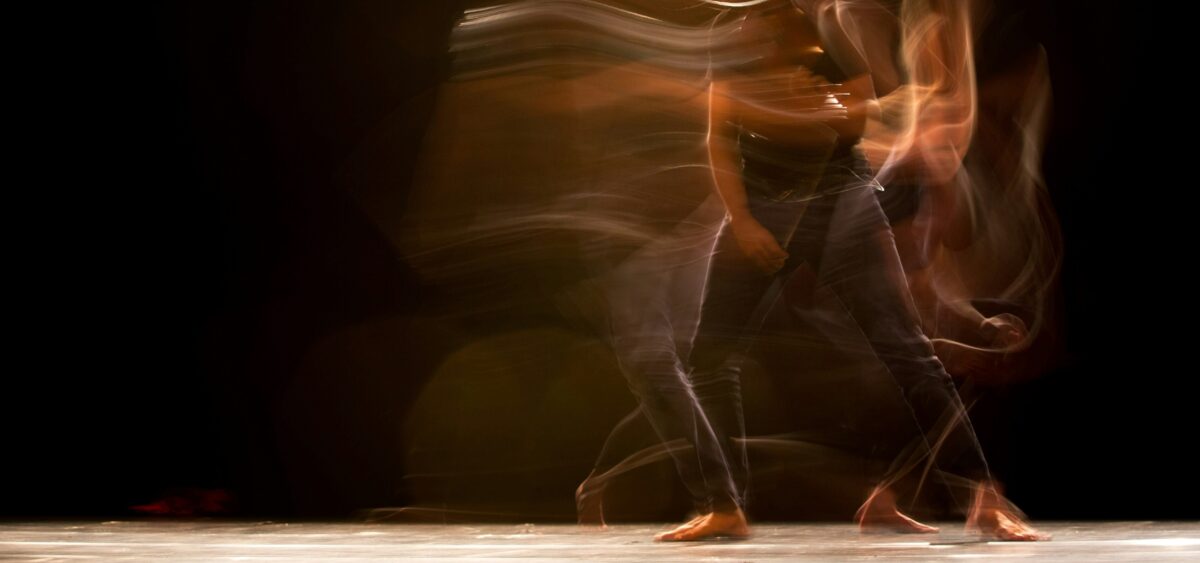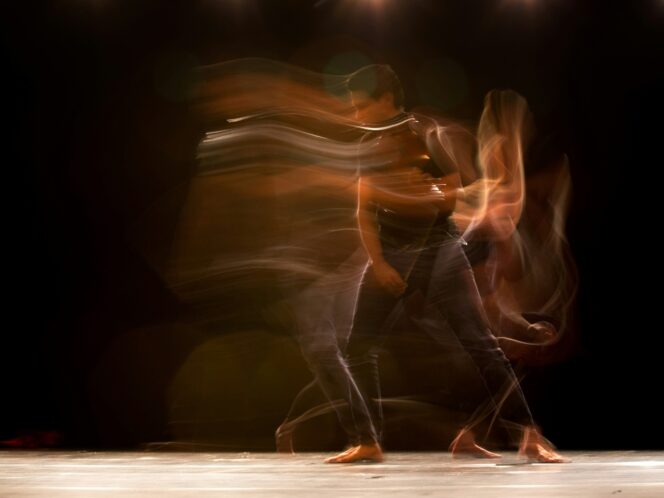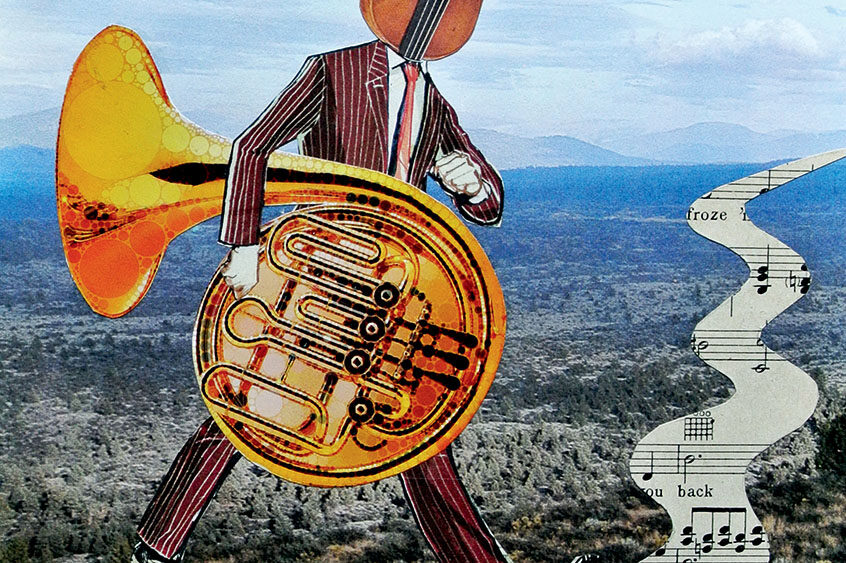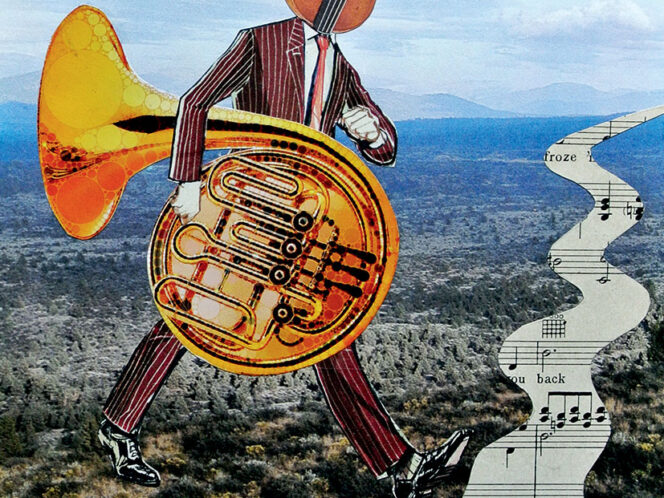
Embracing the leg of a piano, relaxing in an armchair with speakers under the seat, touching a viola with your hand, or rapping in sign language while standing on a vibrating floor. People in the deaf community describe how they satisfy their hunger for music.
“My sister would come home from school and practise the piano until evening,” says Paweł Sosiński, a retired graphic designer with Volvo, describing his childhood and the beginnings of his love for music. “From the next room I couldn’t hear anything, but from up close, a little bit. She would sit at the piano, and I sat under it. I put my head up to the leg of the piano. I could feel the vibration and I heard the sound of the strings over me. I liked Beethoven the best. It was powerful. I didn’t understand what it was about, but I felt that it was something beautiful.”
***
“It’s certainly not the case that one kind of listening to music is worse and another is better,” composer Piotr Klimek explains. “When you listen to a Bach fugue, it may just be pretty for you. But when you’re a musician, you hear themes, counterpoints, movements. A music historian listens in yet another way. Works can be appreciated in many layers; most of us don’t have access to all of them.”
In 2010, in the north-western Polish city of Szczecin, Klimek started the five-year project ‘Signing to the Mic’ (Migiem na Majka), the goal of which was the musical education of deaf children, youth and adults.
“For half a year we stamped our feet,” he says. “First we learned eighth notes, then triplets, sixteenth notes, and so on. Then my colleague Rafał Krzanowski, who runs a samba troupe, said: ‘Listen, why stamp? I’ll bring you a surdo, and when somebody hits the surdo, we’ll all feel like we’re in a club with good sound.’”
A surdo is a large Brazilian drum.
“He schlepped over a&








